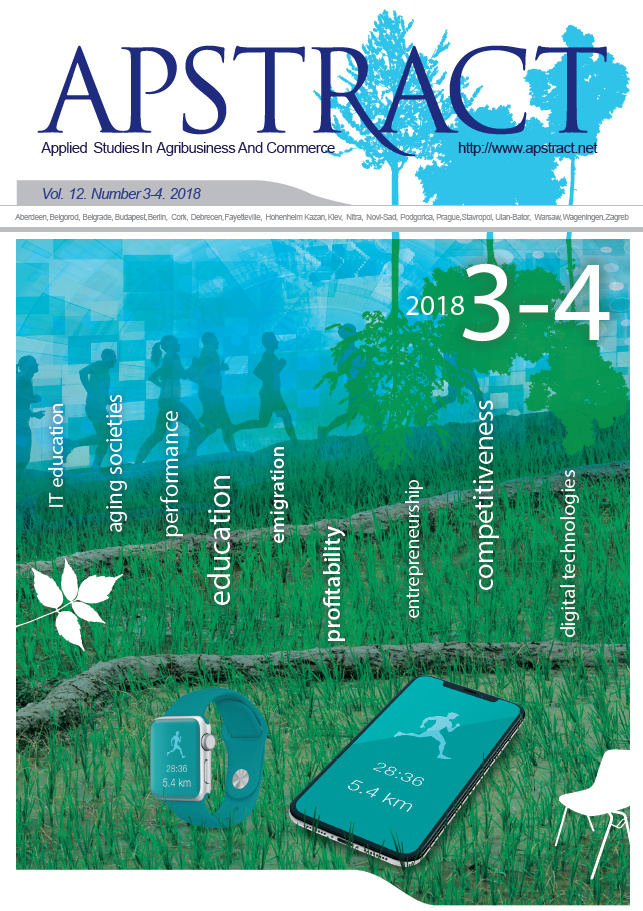A Quantitative Assessment of the Rurality and an Efficiency Analysis of Emigration in Romania
Author
View
Keywords
How To Cite
Abstract
In Romania, as in many other Eastern European countries, the early 1990s were marked by a significant emigration from the countryside as a consequence of the transition from a centralised economy to an open one and due to key changes in the political framework. The permanent emigration has predominantly been concentrated in rural areas where multiple socio-economic variables such as GDP per capita, unemployment, and public financial subsidies aimed at supporting people at risk of severe deprivation and poverty have all had a direct effect on rural depopulation. The rurality is a complex theoretical construct comprising many items and variables and is, therefore, difficult to define in a concise manner. The aim of this paper is to assess the evolution of emigration in Romania between 2001 and 2016 through a quantitative approach, estimating an index of rurality for the same period composed of a set of socio-economic variables having a direct or indirect nexus to it. In the first phase of research, a matrix of correlation and a multiple regression model has been used in order to estimate the direct links among all investigated variables. Following the quantitative methodology, in the second phase Partial Least Square Structural Equation Modelling (PLS-SEM) has been used in order to assess the main cause-effect relationships among a few selected endogenous variables and a set of socio-economic items. Furthermore, using a non-parametric Data Envelopment Analysis (DEA) output-oriented model, this research has assessed the efficiency in terms of permanent emigration from Romania estimated as an output to minimise and not as an output to maximise, as investigated by traditional efficiency approaches. In terms of efficiency, financial subsidies allocated by national authorities and the level of per capita Gross Domestic Product have acted directly on the level of emigration. The index of rurality in 2016 has been influenced in particular by he pluriactivity in farms in terms of agritourism, the dimension of farms in terms of land capital endowment, and the level of GDP per capita.
JEL Classification: Q10; Q18


 https://doi.org/10.19041/APSTRACT/2018/3-4/5
https://doi.org/10.19041/APSTRACT/2018/3-4/5




